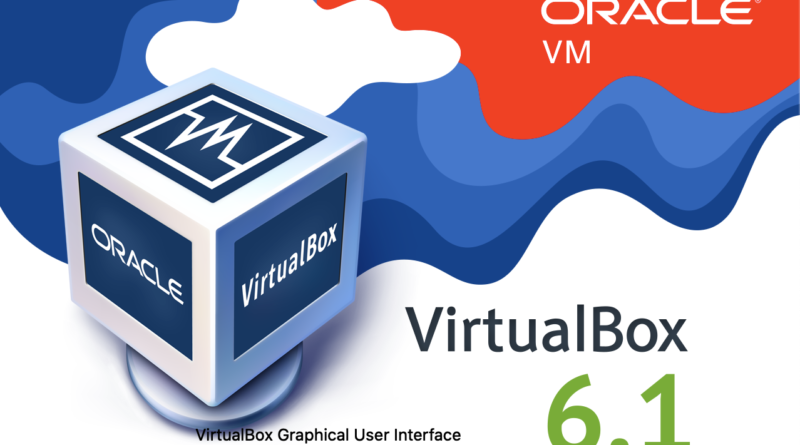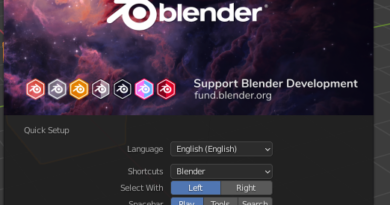Virtualization News: Oracle announces VirtualBox 6.1, Qemu 4.2 Released
The open source virtualization software by Oracle to create virtual machines has a new release called VirtualBox 6.1. The version is a major with support for Oracle’s Cloud infrastructure and 3D improvements. Noteworthy changes in the release are as below:
- Implemented support for importing a virtual machine from Oracle Cloud Infrastructure
- Extended support for exporting a virtual machine to Oracle Cloud Infrastructure, allowing the creation of multiple virtual machines without re-uploading. Also added option to export a VM to the cloud using the more efficient variant “paravirtialized”, and to specify free-form tags for cloud images
- Virtualization core: Support for nested hardware-virtualization on Intel CPUs (starting with 5th generation Core i, codename Broadwell), so far tested only with guest running VirtualBox
- Graphics: New style 3D support (with VBoxSVGA and VMSVGA) remains, old style 3D support (with VBoxVGA) has been completely removed
- Shared Clipboard: Implemented experimental support for file transfers (Windows hosts/guests only at the moment). Needs to be enabled via VBoxManage (disabled by default). In addition, the following items were fixed and/or added:
- Virtualization core: Drop recompiler, i.e. running VMs now needs a CPU supporting hardware virtualization
- Runtime: Works now on hosts with many CPUs (limit now 1024)
- Graphics: Remove 3D support for VBoxVGA (old one deprecated with 6.0)
- Graphics: Additional texture format support on Windows host
- Graphics: Improved fix for flickering on Windows host
- Input: Added support for horizontal scrolling in the PS/2 mouse device using the IntelliMouse Explorer protocol. Note that this support is automatically used by Linux guests but not by Windows guests
- Guest Control/VBoxManage: Added support for specifying multiple sources when renaming guest files
- VBoxManage: Show “unrestricted guest” and “nested HW virtualization” CPU features when listing the host information
- API: Reduce the amount of leftovers from Move VM function
- Shared Clipboard: Implemented experimental support for file transfers for Linux hosts on Windows guests (disabled by default)
- SMBIOS: Store system UUID in little endian format which is the default for new VMs, while existing VMs stick to the old VirtualBox behavior of storing them in big endian format for backwards compatibility to avoid breaking the activation status of Windows VMs
Full changelog is seen here.
Qemu (Short for Quick Emulator) is another open source emulator that perform hardware virtualization. It also can be used with KVM to run virtual machines at near-native speed (by taking advantage of hardware extensions.
New features include (Thanks to Phoronix):
- Support for Intel AVX-512 BFloat16 (BF16) extensions.
- The latest updates of all the CPU models now have TSX (Transactional Synchronization Extensions) extensions disabled by default.
- Better performance for Tiny Code Generator (TCG) emulation of ARM cores.
- Performance improvement with recent Gcrypt and Nettle libraries where QEMU can now use the library’s own XTS cipher mode and that can result in a big performance boost for AES-XTS encryption particularly if using LUKS disk encryption when running under QEMU.
- The LUKS block driver now supports falloc/full pre-allocation.
- Support for QEMU on ARM to run with more than 256 CPUs.
- ASpeed AST2600 model support.
- Arm SVE (Scalable Vector Extensions) is now supported with KVM guests on capable ARM SoCs and supported kernels.
- The Apple macOS Hypervisor Framework (HVF) support is now considered stable.
Changelog for Qemu can be read here.
What is Virtualization?
Virtualization is the process of running a virtual computer system in a layer sitting on top of the actual hardware. The applications running on top appear as if they are on their own dedicated machine, where the operating system, libraries, and other programs are unique to the guest virtualized system and unconnected to the host operating system which sits below it. This can also be used to running multiple operating systems on a computer system simultaneously.
- Blender 3D Jumps to Version 3.1 with Massive Changes Baked In - March 10, 2022
- Open Source Painting and Illustration App Krita 5.0.0 Released- Faster with Massive Feature Updates - December 23, 2021
- Unity Completes Acquisition of Weta Digital- $1.625 Billion spent well - December 6, 2021





